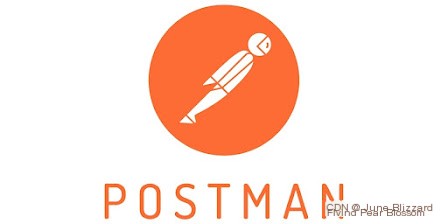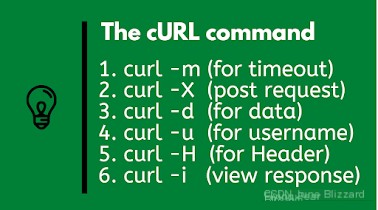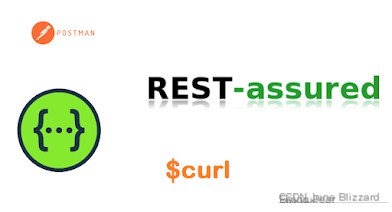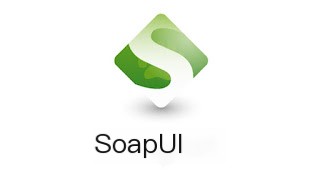Introduction
Top 10 Tools for REST API Development and Testing
These tools will assist you at every stage of REST-based projects, such as design, development, testing, and documentation. If you are creating REST APIs using Java or any other programming language, most HTTP-based tools like Postman are equally handy, but some tools are particularly suited for Java developers. Let’s learn about 10 useful tools that every REST developer should know.
1. Postman
Introduction: Postman is an interface testing tool that can simulate various user-initiated HTTP requests, such as GET, POST, DELETE, PUT, etc. In interface testing, Postman can simulate client requests, obtain response results, and verify whether the data in the response matches the expected values. Additionally, Postman ensures developers can handle bugs in the interface promptly, thereby ensuring the stability and security of the product after launch.
Official Site: https://www.postman.com/

2. cURL
Introduction: cURL supports protocols like FTP, FTPS, HTTP, HTTPS, GOPHER, TELNET, DICT, FILE, and LDAP. It supports HTTPS authentication as well as HTTP methods such as POST, PUT, FTP uploads, Kerberos authentication, HTTP uploads, proxy servers, cookies, username/password authentication, resuming interrupted file downloads/uploads, HTTP proxy server piping (proxy tunneling), and it also supports IPv6, SOCKS5 proxy servers, uploading files to FTP servers through HTTP proxy servers, etc.
Official Site: https://curl.se/
Github: https://github.com/curl/curl

3. RESTAssured
Introduction: Rest-Assured is a REST API testing framework implemented in Java. It is a lightweight REST API client that can directly write code to initiate HTTP requests to the server and verify the results. The syntax of Rest-Assured is very concise, designed as a DSL specifically for testing REST APIs. Using Rest-Assured to test REST APIs makes automating this process similar to how real users interact with REST APIs.
Official: https://rest-assured.io/
Github: https://github.com/artemave/rest-assured

4. Swagger
Introduction: Swagger is a specification and a complete framework for generating, describing, invoking, and visualizing RESTful web services. Its goal is to update both the client and file system as fast as the server. Methods, parameters, and models are tightly integrated into the server-side code, keeping APIs in sync at all times. Swagger makes deploying, managing, and using powerful APIs easier than ever. Its goal is to define a standard, language-agnostic interface for REST APIs, enabling humans and computers to discover and understand service capabilities without needing access to source code or documentation. Once a service is defined through Swagger, consumers can interact with remote services with minimal implementation logic.
Official: https://swagger.io/
GitHub: https://github.com/swagger-api
Online Editor: https://editor.swagger.io/

5. Burp
Introduction: Burp is an integrated testing framework for web applications written in Java. It helps testers identify vulnerabilities in applications and provides a suite of tools to simulate attacks and discover potential security issues.
Official: https://portswigger.net/burp

6. Wireshark
Introduction: Wireshark, formerly known as Ethereal, is a network packet analysis tool. The function of such a tool is to intercept network packets and display the most detailed network packet data possible. Wireshark uses WinPCAP as an interface to directly exchange data packets with the network interface card. Its applications include detecting network issues, security-related problem checks, debugging new communication protocols, and studying knowledge related to network protocols.
Official: https://www.wireshark.org/

7. JMeter (most commonly used)
Introduction: JMeter is an open-source load and performance testing tool developed by Apache using the Java platform. It can be used to perform performance testing on both static and dynamic resources. JMeter can simulate heavy loads on servers, networks, or objects to test their robustness or analyze overall performance under different types of stress.
Official: https://jmeter.apache.org/

8. SoapUI
Introduction: SoapUI is an open-source testing tool for checking, invoking, and implementing Web Service functionality/load/compliance testing through SOAP/HTTP. It can be used as a standalone testing software or integrated using plugins into Eclipse, Maven 2.X, NetBeans, and IntelliJ.
Official: https://www.soapui.org/

9. Apiary
Introduction: Apiary is a collaborative platform for creating, describing, testing, documenting, and hosting RESTful web services. Apiary provides a simple syntax for describing REST APIs, automatically generates API documentation, and allows developers to test and debug APIs. Furthermore, Apiary supports integration with code repositories to maintain synchronization between API documentation and the actual code. Its aim is to make API development more transparent and collaborative, thereby enhancing API quality and reliability.
Github: https://github.com/apiaryio

10. Apifox
Introduction: Apifox is an integrated collaborative platform for API documentation, debugging, mocking, and automated testing. It solves the data synchronization problem among multiple systems through a unified system and a single set of data. Using Apifox allows efficient full-process integration of interface management, development, and testing, targeting the entire development team’s technical needs, mainly used by front-end developers, back-end developers, and testers. In Apifox, once the API documentation is defined, API debugging, API data mocking, and API automated testing can be directly utilized without needing redefinition, ensuring that API documentation and API development debugging use the same tool, achieving consistency with the API documentation once debugging is complete.
Official: https://apifox.apipark.cn/

Conclusion
Those are some useful tools for REST API developers. A good understanding of these tools is crucial for building real-world REST APIs. They will assist you in designing, testing, and even documenting REST APIs and RESTful Web services.
Notes belong to personal preferences, but forming one’s style becomes a blog. Hope to take more steps on the path of documenting my journey.
I am participating



